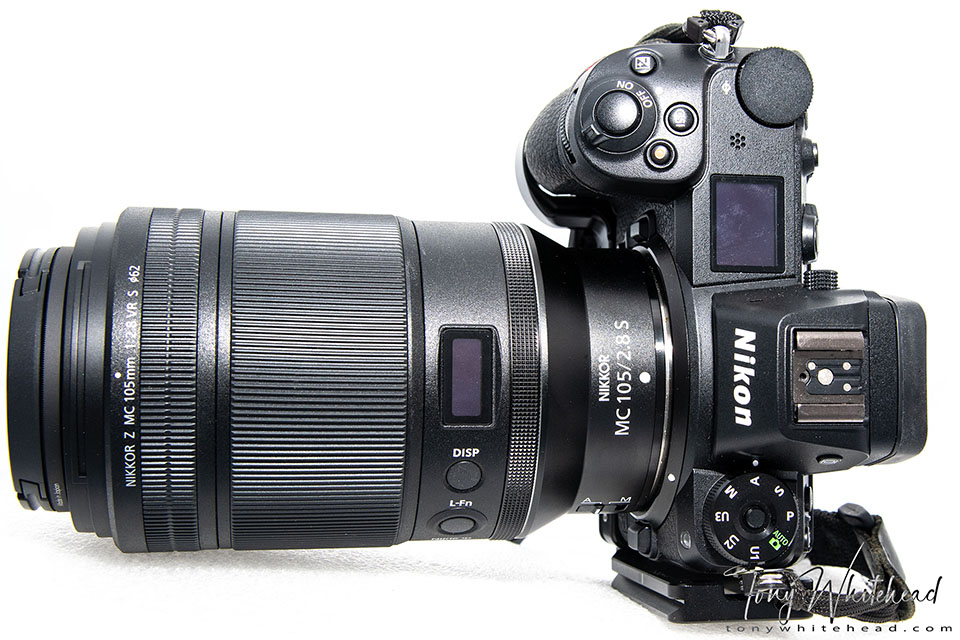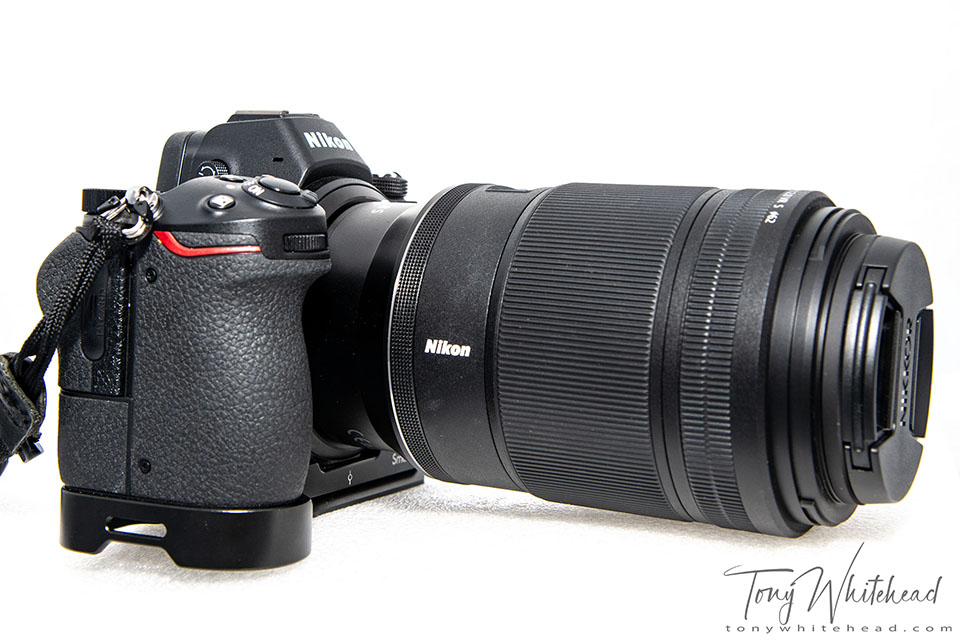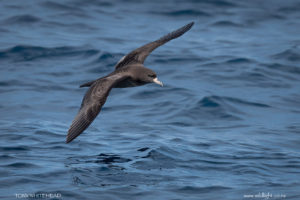I was lucky to be at the head of the queue for the new Nikkor Z MC 105mm f2.8 macro lens from Nikon and had one delivered the day after it was released. This is a hands on first impression and not a detailed review. I will leave the technically detailed reviews to others.
I have shared a little of my macro journey to date in my post comparing the Nikon Z7 and D850. The Nikon Z7 is the camera body I use for macro work and have been using it with the FTZ adaptor and Micro Nikkor 60mm f2.8G lens with Kenko extension tubes when necessary. When using a DSLR the Tamron 90mm f2.8/macro lens was my favorite being nicely balanced, having in-lens vibration reduction and rendering nice sharp images. Sadly the Tamron did not play nicely with the FTZ adaptor and Z7 – at times working and then not to the point of not being reliably usable. There is still no indication of if, or when, Tamron will update the lens which is a pity as it is an excellent lens.
A Nikon Z mount macro lens was on the roadmap so I was pleased when it was announced (two were actually announced together, the 105mm and a 50mm). The price point at NZ$1890 was a little lower than I had anticipated and by trading the Tamron and a Laowa 60mm lens the upgrade didn’t cost me much at all.
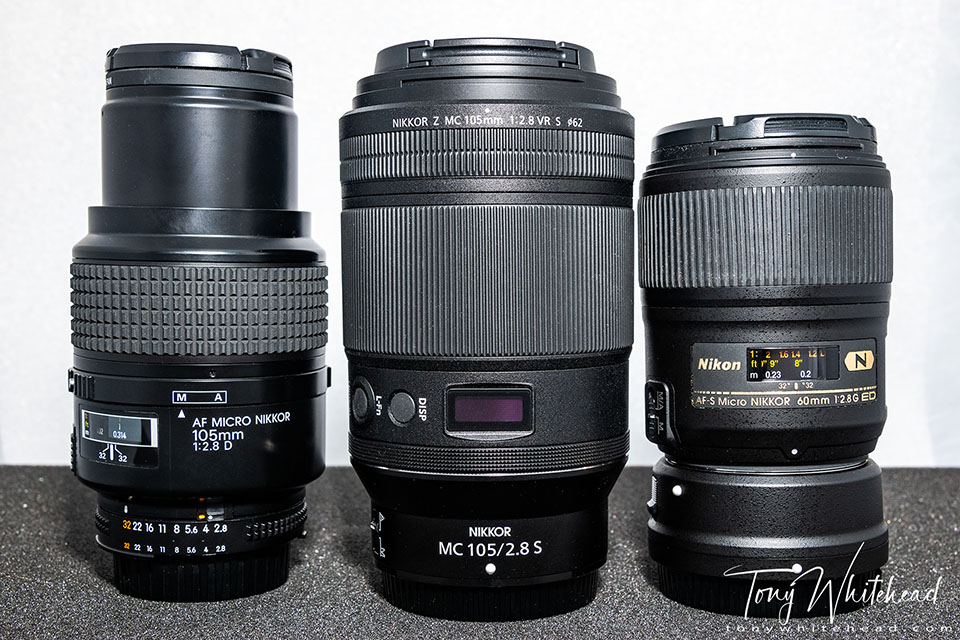
The Nikkor Z MC 105mm f2.8 is not a small lens but it is surprising light (630g vs the 750g of the preceding 105mm VR micro lens though heavier than my old 105mm f2.8D lens which weighs 556g but 691g with the FTZ adaptor attached). It balances very well on the Nikon Z7. Initially it seems much larger than my old 105mm f2.8D but when when racked out to focus at 1:1 the old lens is as long as the new one and would extend further once the FTZ adaptor was added. I have not had a Nikkor 105mm f2.8 VR to compare in hand.
First thing I wanted to know was what the manual focus throw was like. For the macro work I do everything is manual so a firm, smooth manual focus action is ideal. The Nikkor Z 105mm doesn’t disappoint as the focus ring turns smoothly with a nice amount of resistance and no slack when changing direction of rotation. Significantly nicer than the Nikkor 60mm and Tamron 90mm and more reminiscent of the action on the fully manual Laowa 60mm super macro I used on the Fuji XT3. The multi display window that can be selected to show focus distance, f-stop or magnification ratio is interesting but irrelevant as I would never look at it while using the lens.
I biggest initial adjustment for me was the increased working distance compared to the Nikkor 60mm (especially when working with extension tubes attached). A lot of the time I am getting into a position to brace against a tree trunk or the ground before shooting a series of images to focus stack. With the Z 105mm I am having to get used to setting up a little further away from the subject which at times is easier and at times more difficult.
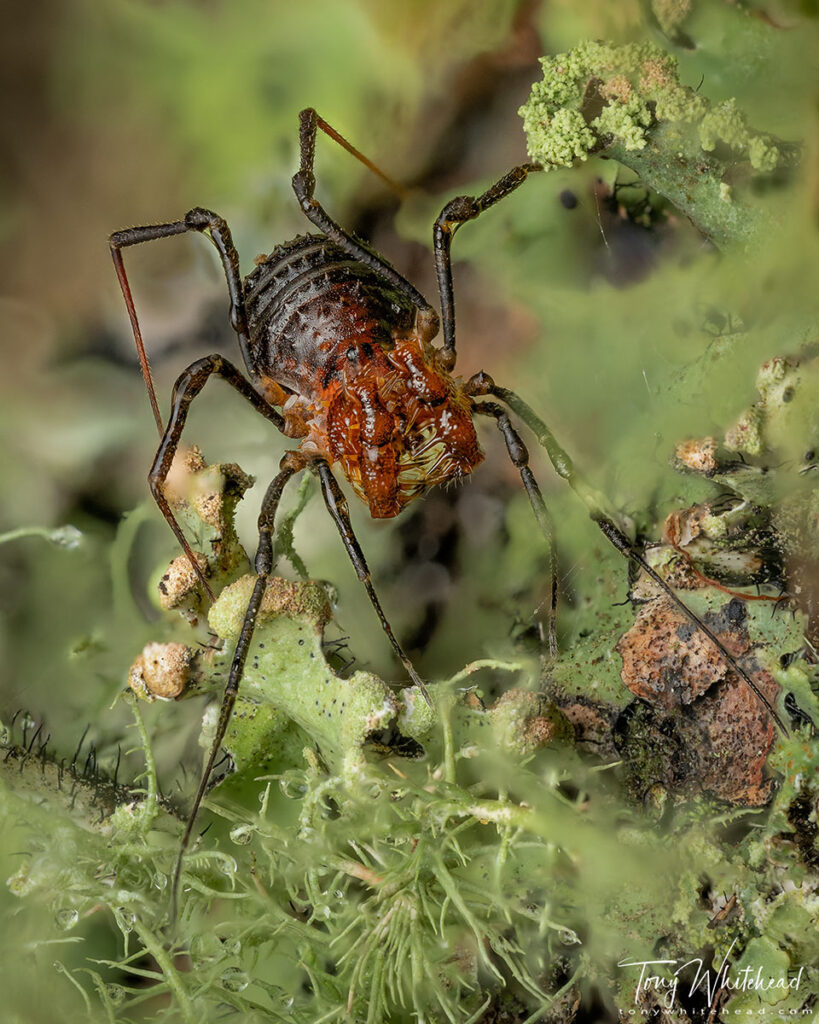
The inbuilt Vibration Reduction (VR) works well with In Body Image Stabilisation (IBIS) of the Z7 to help framing when handholding. This is definitely a step up from the Nikkor 60mm and Tamron. From an ergonomic perspective the Nikon Z 105mm and Nikon Z7 is a very nice combination to use. Being weather sealed is it perfect for the nocturnal outdoor macro sessions in conditions that are not always perfect. Damp conditions often bring out the interesting subjects and my first foray was in the rain.
The crucial issue with any lens is how well it renders the subject. My first impression on reviewing images on the LCD was amazement. I had never seen such detail in the images taken with other lenses. This was quite exciting but I never trust anything until able to get the images up on my computer monitor. Having assembled my first image stack it was clear that this lens is a bit special. The detail and clarity in the stacked image is remarkable so I am more than happy.
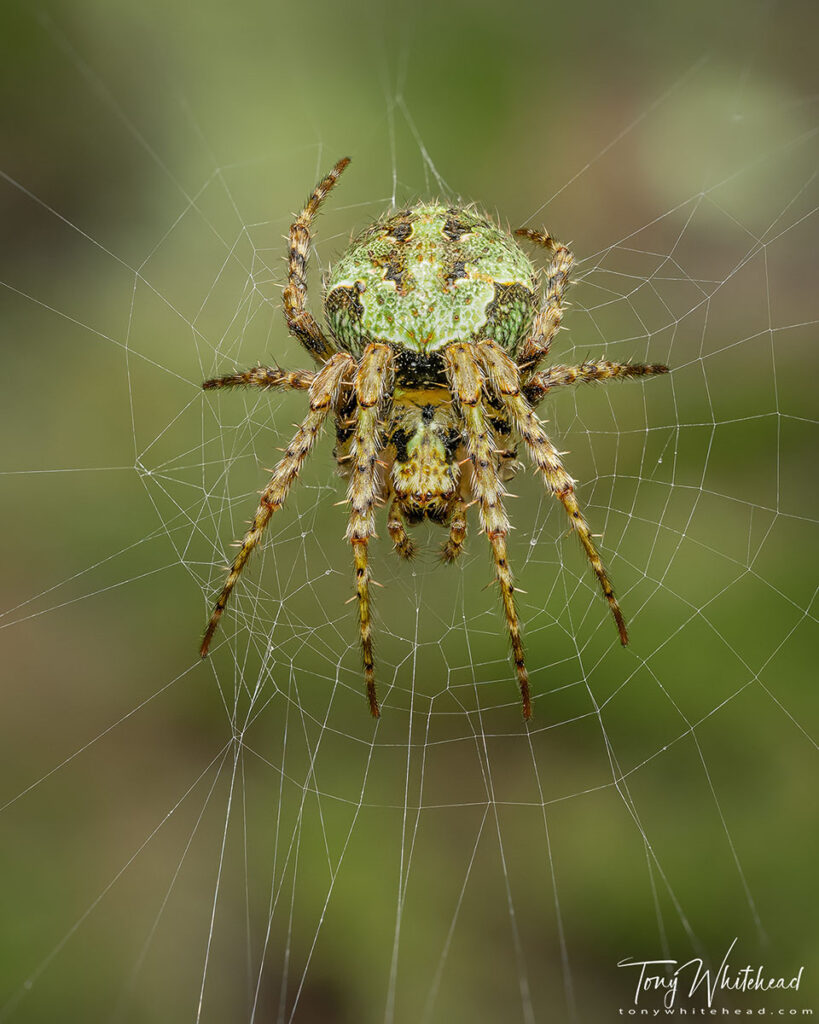
In summary my first impressions are overwhelmingly positive. The lens is light and well balanced despite being quite large. The VR and IBIS work well together and the lens renders exquisitely sharp images with lovely bokeh.
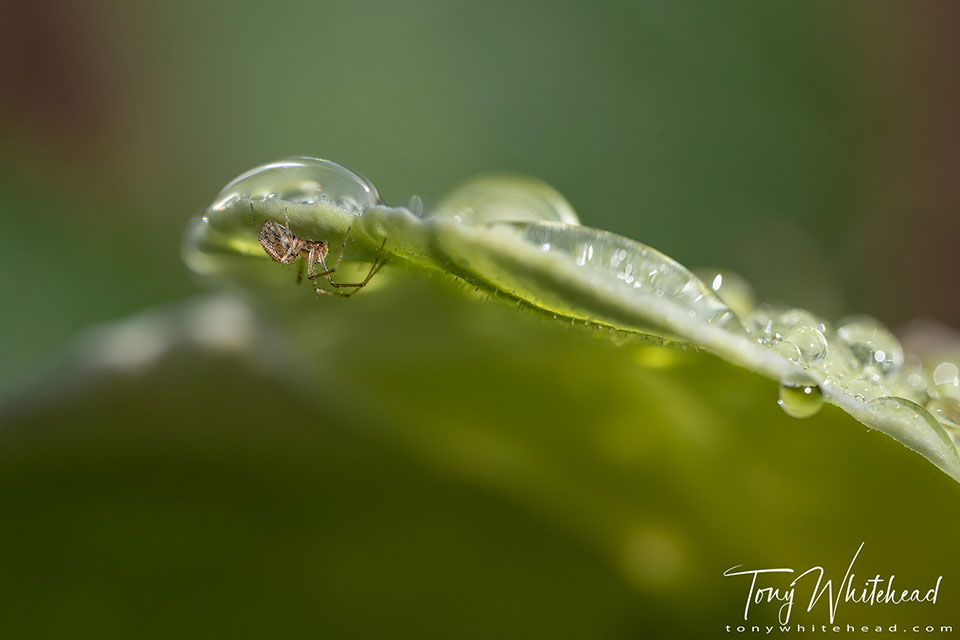
As a macro lens the Nikkor Z MC 105mm f2.8 is excellent and with the qualities I have seen in macro use I think it will make an outstanding short telephoto portrait lens too.
Macro Photos with Nikon Z7 and Nikkor Z MC 105mm f2.8. Image stacks assembled with Helicon Focus. Lens photos with Nikon D850 and Nikon 24-120mm f4VR lens.
Thanks to Greg at Photo & Video International for the, as always, outstanding service with trades and delivery.
Update – this review from digitalcameraworld includes an MTF chart for those interested. Excellent sharpness from wide open down to f11 before the inevitable diffraction at smaller apertures.
